|
The great spangled fritillary is a mid to late summer butterfly. They are large, feed in the open, and are quite showy.
1 Comment
I recently had a chance to visit Woodpecker Ridge Nature Center just north of Roanoke, Virginia near the town of Troutville. Interesting park, with some gardens and lots of hiking trails.
About 120 meters into the White Cave one comes to the first of many guard shacks in the cave. These guards protect the valuable swiftlet nests in the cave from poachers. Many of the nests in this cave are of the highly valuable white variety (hence the name of the cave), and guarding them is serious business.
Warren is standing near the guard shack, on a floor of black, slippery bat/bird guano, where a bucket is positioned under a drip from the roof to collect water for the guards. The twelve-spotted skimmer is a common dragonfly, and there are lots of photos of it out there. So I decided to shoot a pic up-close of just the front of the insect for a different perspective. The adults of this species eat mostly soft-bodied insects, including mosquitos, so I like to see them around.
Time has been short lately, and things like this caterpillar take time to ID and verify. So for today it is just an unidentified caterpillar from Pennsylvania. UPDATE: This is a variegated cutworm (Peridroma saucia). They are considered quite the pest as they eat many types of agricultural and other useful plants.
Thatchfield Great Cave is a big and somewhat pretty cave with a long trunk passage sloping down. It is most famous probably for the large, scenic vertical entrance. Unfortunately, you can drive to the pit entrance and thus there is rather a lot of trash at the bottom (it could be worse).
I was only in a little corner of the western side of the marsh. Would like to see more of this place.
Whip Scorpions look quite dangerous, but they have no venom. They do, however have the ability to shoot a stream of liquid when riled up, consisting of a combination of acetic acid and caprylic acid. This gives off a vinegar smell, and thus the common name often used is "vinegaroon." Scientists tend to call them Uropygids, after the Family name Uropygidae. They are found pretty much around the world mostly in tropical regions.
I wish I would have photographed this sticker page before using so many of them. But here is a rundown on the ones that are left. Note that this was a handout to kids flying on South African Airways back around 2004 or so. Let's start in the upper right, and go down and then left.
1. Flamingo - South Africa. Yes, they do have flamingoes there 2. Bald Eagle - USA. Got that right as well. 3. Yellow-headed Amazon - Caribbean Island. Okay, that a tough one. This bird is native to the Caribbean coast of southern Mexico and northern central America, so it might be found on an island off the coast there somewhere. May be technically correct, but not in the sense of the islands most people would normally call the Caribbean Islands. Very iffy. 4. Keel-billed toucan - Brazil. Nope, the range of this toucan does not extend down to Brazil, and it is not listed on the list of bird species of Brazil. A fail, but at least sorta close. 5. Northern Cardinal - South Africa. Way off. This is a New World species and far, far from South Africa. Fail. 6. Whooping Crane - South Africa. Found only in the US and Canada, the Whooping Crane is a long, long way from South Africa. Major fail. 7. Mute Swan - London. I'll give them this one, as they are quite famous. and then comes... 8. Emperor Penguin - Alaska. Do I really need to say it? Massive fail. I hope you learned something from the "Stick and Learn" bird guide from South African Airways. |
AuthorKeith Christenson - Wildlife Biologist Categories
All
Author
Keith Christenson Wildlife Biologist Archives
September 2021
|
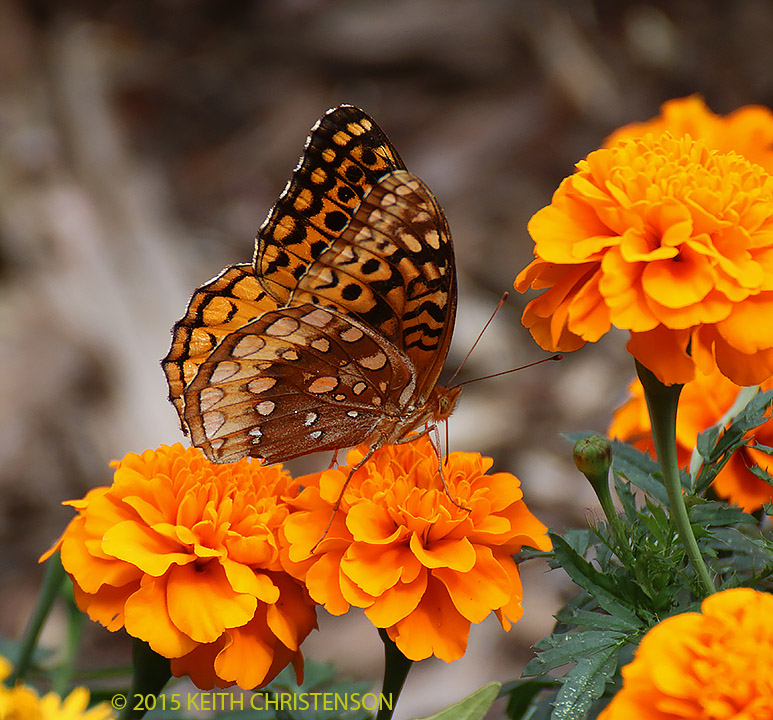

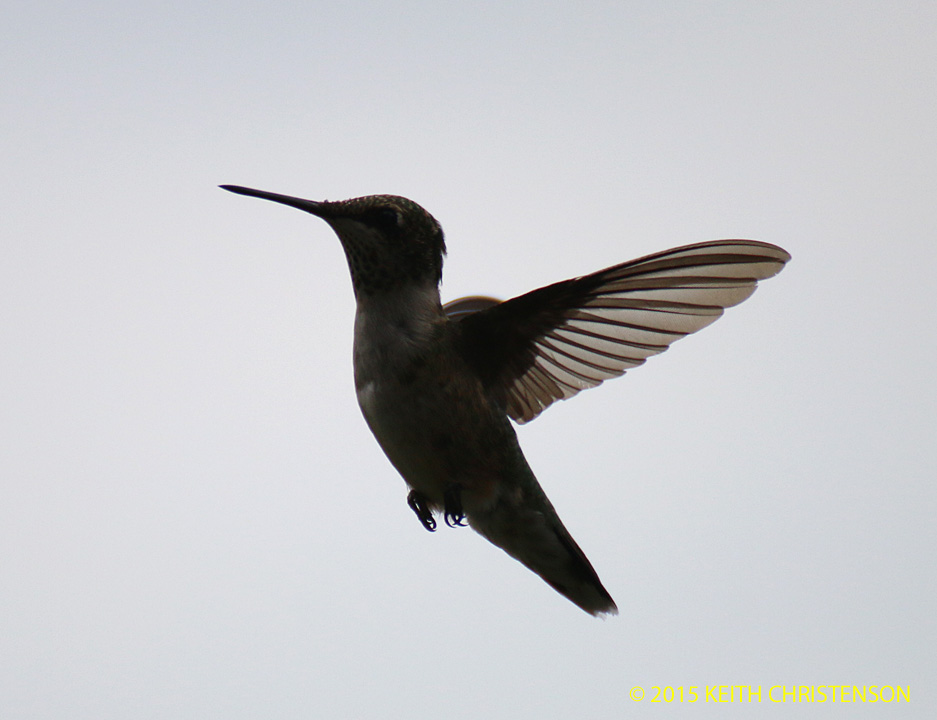
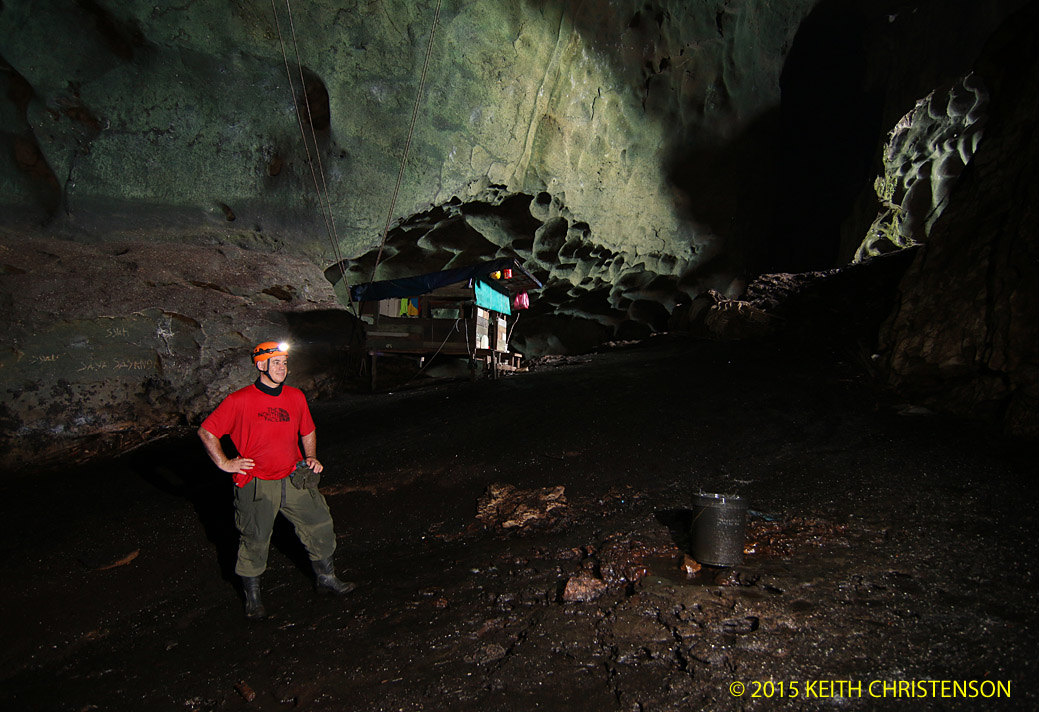
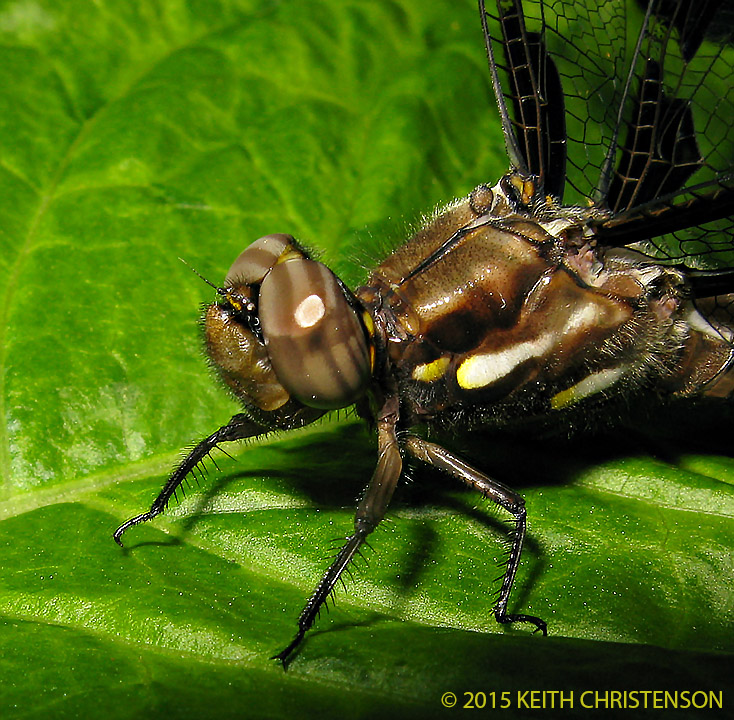


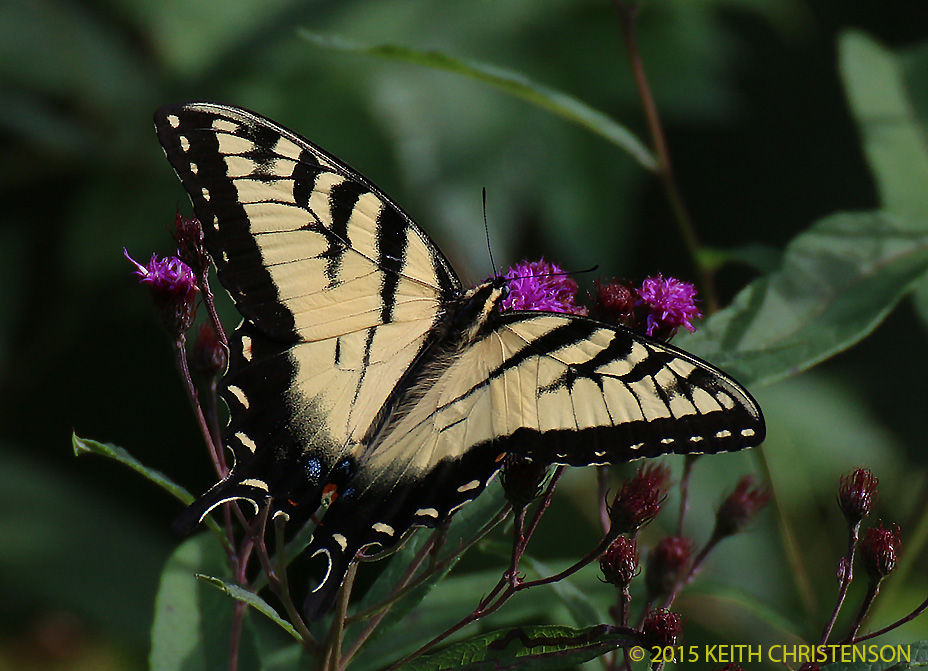
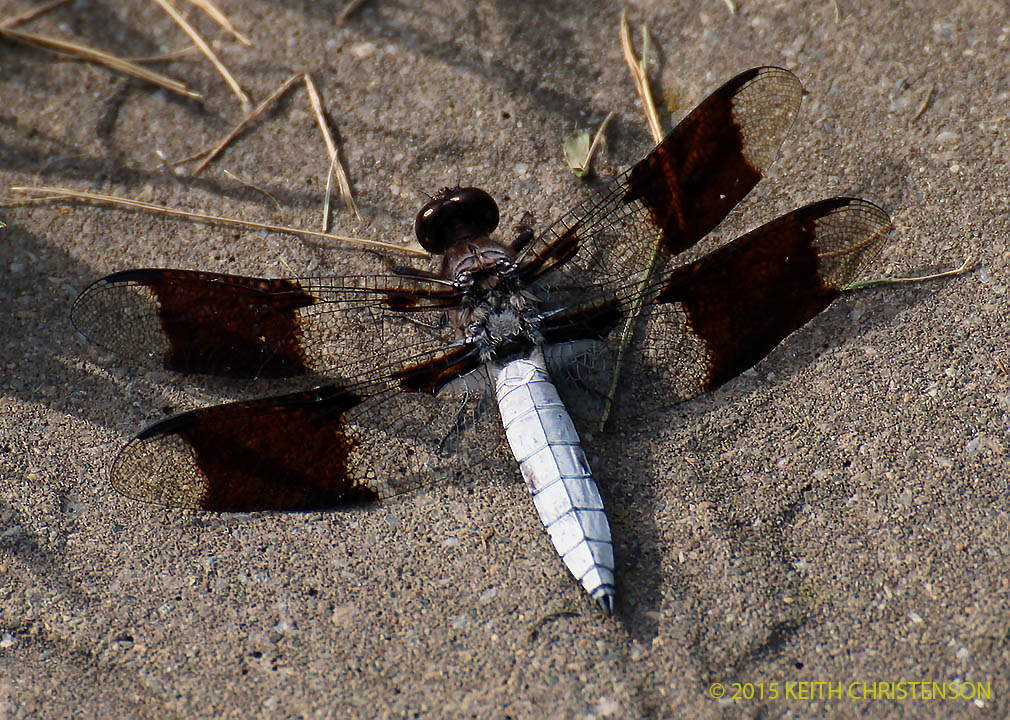

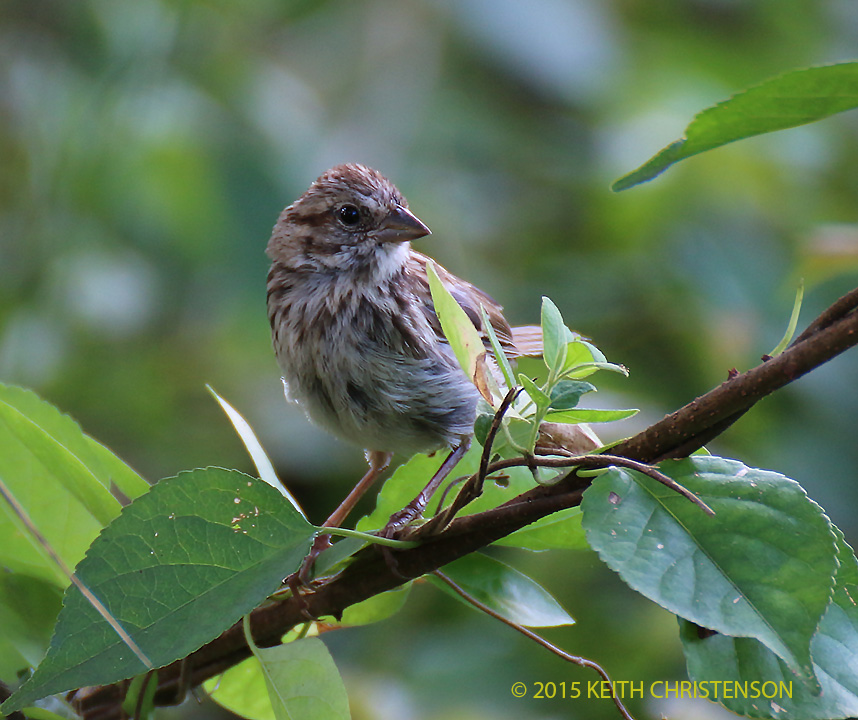


 RSS Feed
RSS Feed